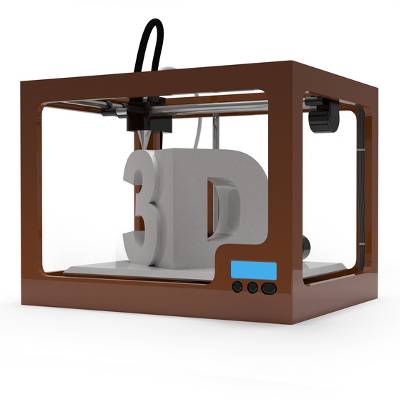Ten years ago, the average consumer knew nothing about 3D printing. Today, using 3D printing technology to print parts for machines and some consumer goods is common and becoming popular. Many industries, including manufacturing, have found that 3D printing works well with their current workflow.
Not a Pump and Dump Anymore
Initially, 3D printing was seen as more of a prototype technology and didn’t have a credible reputation due to overhype and later poor performance on the NASDAQ. However, today there are plenty of concrete reasons for people to be excited about 3D printing because 3D-printed parts are actually being used in products. For example, cars now use parts made using 3D-printing. The technology is no longer limited to prototype printing and is now a production option for end products.
Slowly Gaining Ground
Here are some statistics from a PwC study concerning the implementation of 3D printing:
· 31.4 % of manufacturers are using 3D printing for prototyping, 6.6% for end-product production, and 13.2 % for both. All three of these figures are up from 2014.
· 17.4 % are experimenting with 3D printing – down from 2014 when it was 28.9 %.
· 42 % of manufacturers feel that 3D printing will be used in high-volume production within the next 3-5 years.
How Will It Change Things?
Even if 3D printing’s move from novelty to commodity is gradual, we should consider what this new technology could do to manufacturing. For example, will the costs of 3D-printed goods decrease, and will this change how traditional supply chains work?
How will 3D printing affect intellectual property? And with demand for 3D printing technologies increasing, even if price decreases, can 3D-printed goods keep up with the quality and production speed required to meet manufacturing goals? These uncertainties are some of the reasons why organizations are cautious in implementing 3D printing.
Should You Be Onboard?
3D printing is just one example of how new technology is being implemented in a business environment. By using new technology solutions, you too can see a dramatic increase in productivity, efficiency, and return. Like manufacturing companies who are looking at 3D printing, you need to carefully consider how these new technology solutions can affect your organization.
To get a grasp on this rather difficult subject, reach out to us at (973) 882-4644. We’re here to help.

